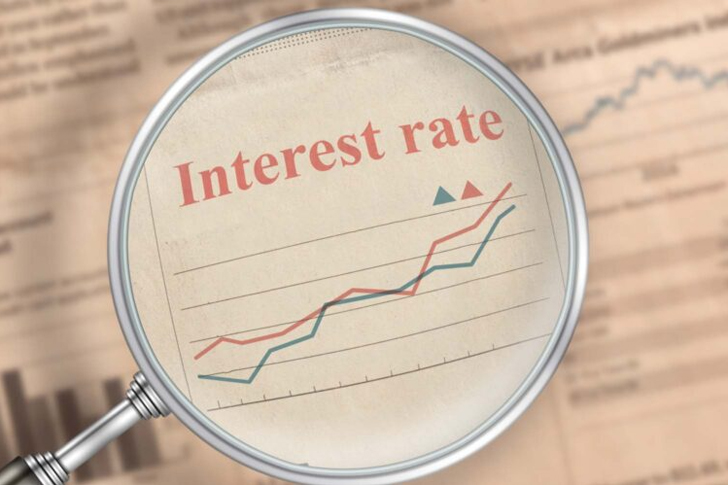High-Interest Savings Options: Banks vs. Credit Unions
In an economic climate where interest rates on traditional savings accounts have remained relatively low, many individuals are on the hunt for ways to increase their savings growth. High-interest savings accounts (HISAs) offer a viable solution, providing higher yields than standard accounts, which can substantially boost your savings over time. Here, we delve into the strategies and insights on securing a high-interest savings account that suits your financial goals.

Understanding High-Interest Savings Accounts
Before embarking on a quest to find the best high-interest savings account, it’s important to understand what makes these accounts particularly beneficial. Typically, a HISA offers interest rates significantly above the national average for savings accounts. As of early 2023, the average savings account interest in the U.S. hovered around 0.17% APY (Annual Percentage Yield), while some high-interest accounts offered rates as high as 2% APY or more.
HISAs are ideal for emergency funds or savings that you want to grow but might need access to, as they usually provide easy access to funds. Additionally, they are typically FDIC insured, which means your money is safe up to coverage limits.
Comparing Financial Institutions: Where to Look
It is vital to look beyond your local bank when seeking out the best rates. Online banks, credit unions, and non-traditional financial institutions often offer higher interest rates compared to traditional bricks-and-mortar banks. This is primarily due to lower overhead costs, which enable these institutions to pass the savings onto consumers in the form of higher interest rates.
Here are a few reputable institutions known for offering competitive high-interest accounts:
– **Ally Bank**: Known for user-friendly online banking experiences and consistently competitive interest rates.
– **Axos Bank**: Offers high-yield savings options with a higher than average APY and minimal fees.
– **Credit Unions**: Local and national credit unions often offer favorable rates to members, with the caveat that you must qualify for membership based on certain criteria.
Furthermore, financial tech companies and new banking platforms may also offer innovative account options with attractive yields, like SoFi or Chime.
Terms and Conditions Matter
When choosing a high-interest savings account, pay careful attention to the terms and conditions. Key factors to consider include:
– **Minimum balance requirements**: Some accounts might require a high minimum balance to earn the advertised APY.
– **Fees**: Ensure that the account does not come with maintenance fees that could eat into your earnings.
– **Withdrawal restrictions**: Check how often you can withdraw or transfer money without facing a penalty.
Why Rate Chasing May Not Be the Best Strategy
While a high APY can be very appealing, it’s important to consider more than just the interest rate. Stability of the rate, ease of use of the account, customer service, and the digital tools available are all worthy of consideration. The highest rate might come with drawbacks, such as poor customer service or a clunky mobile app, that degrade the overall value of the account.
Utilize Technology to Stay Informed
In today’s digital age, staying updated with the latest rates and offers is easier than ever. Utilize financial comparison websites to compare current rates across a wide range of financial institutions. Apps and tools can also notify you of rate changes and special promotions, ensuring you’re always informed about the best opportunities for your savings.
Maximize Your Savings
Once you’ve selected the right high-interest savings account, optimizing your deposits can further enhance your savings growth. Consider setting up automatic transfers to your HISA to consistently build your savings. Also, it’s smart to review your interest earnings and account terms periodically to ensure that your account still meets your financial goals.
Securing a high-interest savings account is a wise strategy to enhance your financial stability while earning passive income from your savings. By carefully comparing rates, understanding terms and conditions, and choosing the right financial institution, you can substantially increase your savings potential.







Recent Comments